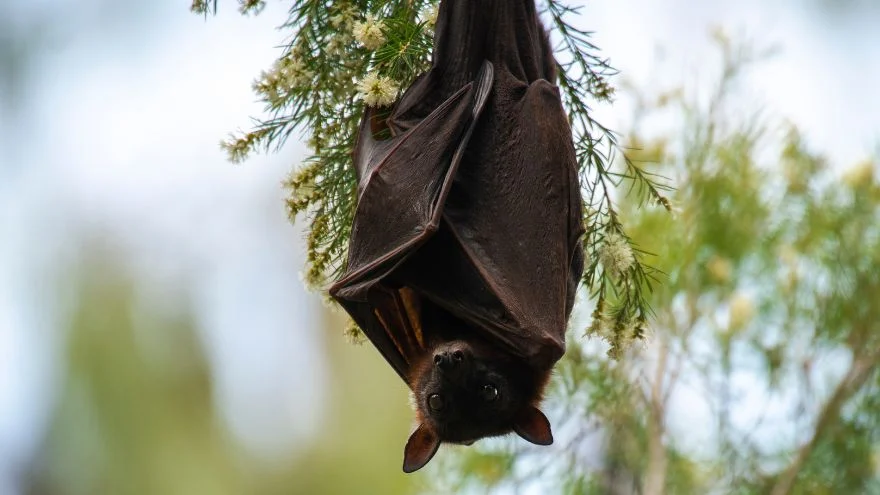Samoa is officially known as the Independent State of Samoa, and it consists of multiple islands, many of which are uninhabited.
The inhabited ones include Savai’i, Upolu, Manono, and Apolima. With its low crime rate and tourist sites, Samoa is considered a safe place to go to.
That said, you still need to take some precautions, even with the wildlife.
There are no predatory mammals, poisonous snakes, scorpions, or spiders in Samoa. But some animals should be avoided. They may not be savage, but they can still cause harm and even cause some health challenges.
Here are 10 Samoa’s dangerous animals and some wildlife safety tips you need to know about its wildlife.
What are the Most Dangerous Animals In Samoa?
1. Flying Foxes
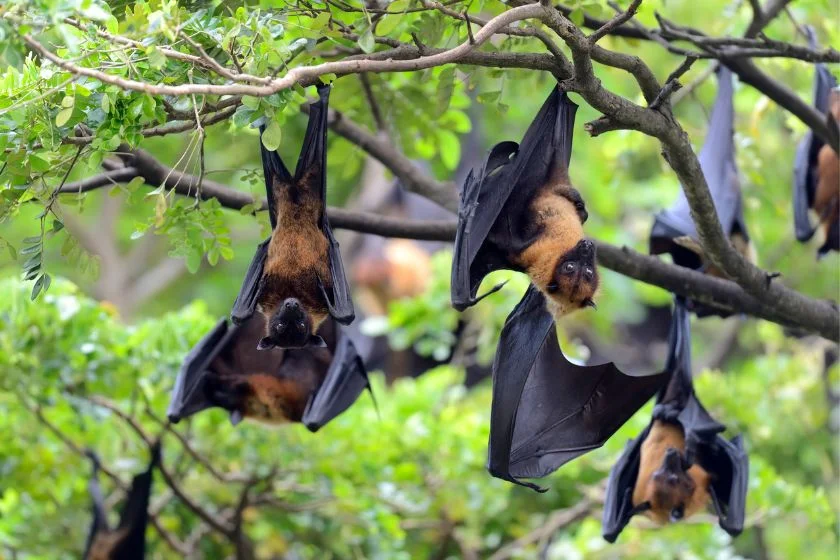
- Scientific name: Pteropus
- Classification: Mammal
- Habitat: Forests, woodlands
- Diet: Herbivore
- Conservation status: Multiple
The term “flying fox” or “fruit bats” refers to the Pteropus genus that comprises at least 60 species.
Some are extinct; others are endangered, vulnerable, near threatened, or least concerned.
Besides Samoa, they can be found in countries on other continents like South Asia, Southeast Asia, and Australia.
Flying foxes are not aggressive towards humans and won’t attack, but they have bacteria and viruses that harm humans.
These bacteria and viruses can cause diseases like the Australian Bat Lyssavirus.
2. Banded Sea Krait

- Scientific name: Laticauda Colubrina
- Classification: Reptile
- Habitat: Indian Ocean, Western Pacific
- Diet: Carnivore
- Conservation status: Least Concern
The banded sea krait is also known as the yellow-lipped sea krait or the colubrine sea krait.
You’d recognize the snake by its stripes and tail that’s shaped like a paddle.
It is found in the Pacific Ocean, and although you won’t find them in the Samoan islands, it can live on the coast.
This snake is venomous, and though it is usually underwater, you should be careful when going close to the coast. The venom is considered neurotoxic.
It isn’t aggressive but can attack if threatened. A study done on the venom reveals it to be highly dangerous.
3. Pacific Slender Toed Gecko
- Scientific name: Nactus pelagicus
- Classification: Reptile
- Habitat: Forests
- Diet: Insectivore
- Conservation status: Least Concern
The Pacific slender-toed gecko is found in different places, including different islands.
It can also be called the pelagic gecko or the rock gecko. These reptiles are nocturnal and often run when moving.
At first glance, geckos don’t look dangerous. While it is true that they won’t attack you, they have pathogens on their skin that can be lethal if ingested.
Do not touch a gecko or consume a meal that a gecko has come in contact with.
4. Vesper Bat

- Scientific name: Vespertilionidae
- Classification: Mammal
- Habitat: Caves, hollow trees
- Diet: Carnivore
- Conservation status: Not extinct
The vesper bat is also known as the common bat or the simple-nosed bat, and it is a widely distributed family of bats.
They can be found on every continent except Antarctica. There are over 300 species of it.
Vesper bats are like geckos in that they may not attack humans. There are some claims that bats can attack people, but it is unlikely.
However, they carry rabies which can be deadly. You should avoid getting into contact with vesper bats, and if you do get into contact, find the nearest hospital.
5. Polynesian Sheath-tailed Bat
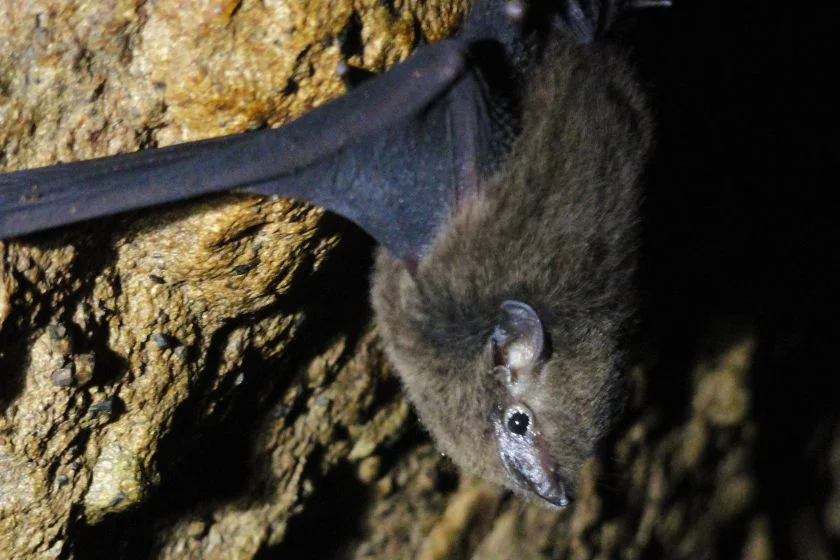
- Scientific name: Emballonura semicaudata
- Classification: Mammal
- Habitat: Caves
- Diet: Insectivore
- Conservation status: Endangered
Also known as the Pacific sheath-tailed bat, this flying mammal can be found in the caves of Samoa and other places like Fiji.
It is an endangered species, and you are least likely to meet them as much as you would a vesper bat. The Polynesian sheath-tailed bat is threatened by habitat loss.
Just like vesper bats, the Polynesian sheath-tailed bat should not be touched. Be cautious about going into caves or sticking your hand into one.
6. Centipede

- Scientific name: Chilopoda
- Classification: Chilopod
- Habitat: Deserts, tropics, seashore
- Diet: Carnivore
- Conservation status: Not extinct
The term ‘centipede’ refers to a group of predatory arthropods, and though the word ‘centi’ means one hundred, no centipede will have exactly one hundred legs.
Centipedes are often compared to spiders and scorpions, though they are not related.
All centipedes are venomous and you wouldn’t want to get bit by any one of these crawling animals as it can be very painful.
The venom isn’t considered fatal, but the best idea would be to avoid getting bit in the first place.
7. Stonefish
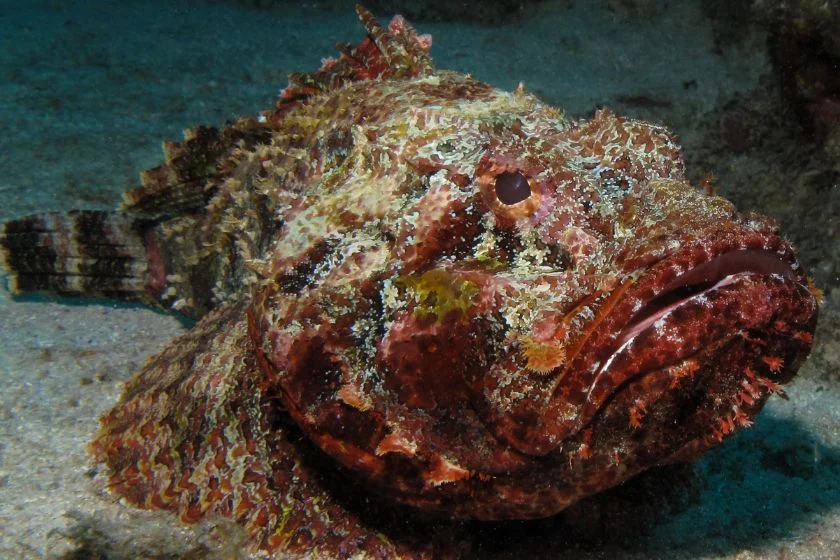
- Scientific name: Synanceia
- Classification: Fish
- Habitat: Coral reefs
- Diet: Carnivore
- Conservation status: Not extinct
A stonefish is one of many fishes that come under the Synanceia genus, a ray-finned fish category.
Stonefishes can be found in coastal regions, which means you can find a stonefish on the Samoan coast.
You could also accidentally step on one while swimming, and the consequences are enormous.
The stonefish has a strong, neurotoxic venom, and it injects that into the victim with a sting.
Though the stonefish isn’t aggressive, it will sting as a defense mechanism especially when stepped on.
A dead stonefish is still venomous. This venom has adverse effects and can be deadly if not treated.
8. Goldfish

- Scientific name: Carassius auratus
- Classification: Fish
- Habitat: Freshwater
- Diet: Omnivore
- Conservation status: Least Concern
The goldfish is a popular fish species, and many indoor aquariums have goldfish as pets.
The wild goldfish is an invasive species in North America, and it can also be found in East Asia. Unsurprisingly, you can encounter goldfish in islands like Samoa.
What makes this pet fish dangerous? The goldfish has no toxic or venomous substance, but it carries bacteria and parasites that can be harmful to humans when ingested.
9. Skinks
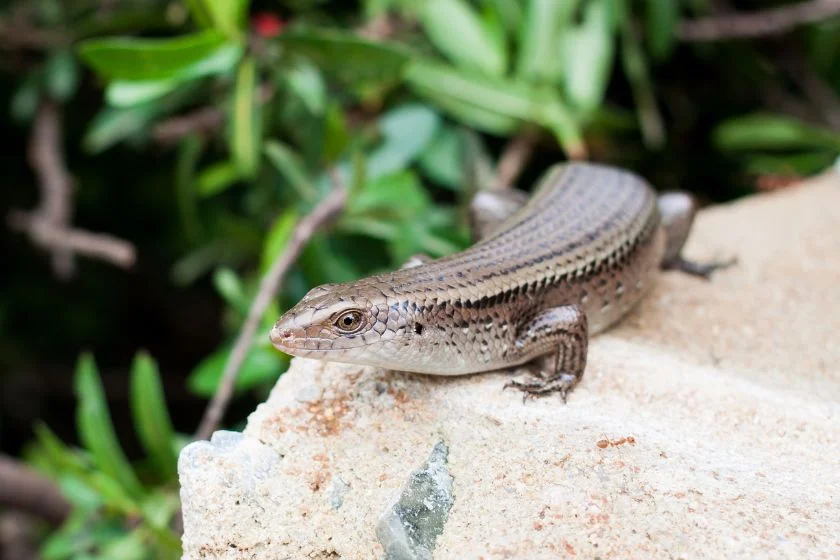
- Scientific name: Scinidae
- Classification: Reptile
- Habitat: Grasslands, scrublands
- Diet: Carnivore
- Conservation status: Not extinct
The skink is a type of lizard that belongs to the Scinidae family, which contains over 1,000 species.
This makes the Scinidae a widespread lizard family. It looks different from the typical lizard as it has shorter legs.
Skinks aren’t poisonous or venomous, but their bites can be painful. While the skink’s bite isn’t deadly, it needs to be avoided.
10. Pigeons
- Scientific name: Columbidae
- Classification: Birds
- Habitat: Savanna, grasslands, deserts
- Diet: Omnivore
- Conservation status: Not extinct
The pigeon is a widespread, popular bird that can be found in different places around the world. It belongs to the Columbidae family, which contains 344 species.
The family comprises both pigeons and doves, but the difference between these two is not much.
It might be surprising to see the pigeon on a list of dangerous animals because it doesn’t seem so. However, the pigeon is a carrier of diseases, especially in its droppings.
These diseases include Salmonella, Pigeon Ornithosis, Histoplasmosis, and Toxoplasmosis.
Samoa Wildlife Safety Tips
With no overly dangerous animals or an overload of venomous/poisonous creatures, Samoa is one of the safest islands to explore.
However, having some safety tips won’t hurt, especially as they can help prevent health issues.
They include:
- Do not explore alone. Always go with a partner or in a group. This way, it will be easier to trace your way back.
- Wear protective clothing, sunscreen, a hat, and sunglasses.
- Carry insecticides when moving.
- When at the shore, be on the watch for any dangerous creature that might be there, even if it is dead. Wear good shoes too.
- When going on a hike, pack water with you.
- If you come in contact with any animal on our list, find the nearest hospital for a checkup.
Conclusion
Samoa is a beautiful place to visit, one with a secure environment and relatively safe wildlife.
Simply take precautionary steps, so you won’t find yourself contracting a disease or even getting venom in your system from some of the concerning animals on our list.
